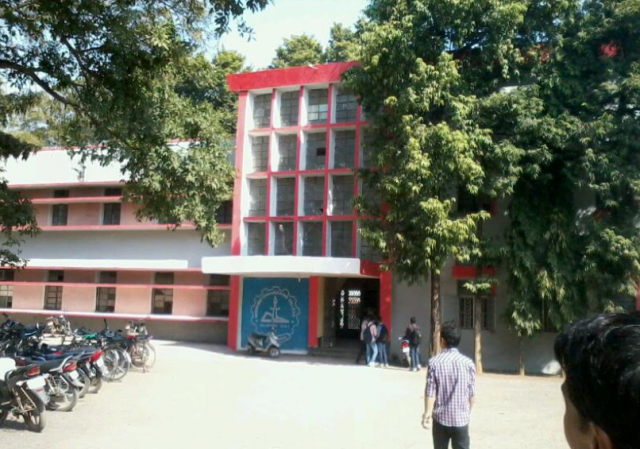CEB (CEB) remains a notable institution in Odisha’s technical education landscape, with its placement outcomes reflecting broader industry trends and institutional efforts. While recent years have seen fluctuations in placement rates, the college continues to facilitate opportunities through structured campus drives and industry collaborations. The 2024 placement season highlighted key metrics that underscore both achievements and areas for growth. The following table summarizes the latest verified placement data for CEB:
CEB-Placement Overview
| Metric | Value |
| Highest Package | 10 LPA |
| Average Package | 4.3 LPA |
| Median Package | 4 LPA |
| No. of Offers | 130 |
| No. of Students Placed | 105 |
| No. of Companies Visited | 45 |
| Top Recruiters | Infosys, Capgemini, L&T |
CEB-Analysis of 2024 Placement Trends
Compensation Insights The highest package of 10 LPA aligns with roles in core engineering and IT sectors, while the average and median packages (4.3 LPA and 4 LPA respectively) indicate consistent opportunities in mass-recruitment domains. These figures are competitive within the regional context, though they trail national benchmarks for premier institutions. Placement Volume and Diversity With 105 students securing roles from 130 offers, the placement rate hovers near 30–35% of eligible candidates. This reflects selective recruitment, where students with specialized skills or internships fared better. The participation of 45 companies, including major IT and engineering firms, underscores diversified recruiter engagement. Recruiter Profile Top recruiters like Infosys, Capgemini, and L&T dominate hiring, focusing on IT services, consulting, and infrastructure projects. Niche roles in automation (e.g., robotics) and data analytics emerged through firms like Cisco and Blue Prism, though these were limited to high-performing cohorts.
CEB-Institutional Efforts and Student Preparedness
CEB’s placement cell coordinates industry interactions from the seventh semester onward, emphasizing:
- Skill Development Workshops: Regular sessions on coding, communication, and technical aptitude.
- Internship Gateways: Partnerships with companies like Blue Prism and Cisco for pre-placement internships, where performance often leads to full-time offers.
- Recruiter Engagement: Annual industry meets to expand the recruiter base beyond traditional IT sectors.
However, challenges persist. Placement rates have dipped from historical highs of 50–80% to 20–30%, attributed to:
- Market Volatility: Reduced hiring in core sectors during economic downturns.
- Skill Mismatch: Some students lack alignment with emerging tech roles (e.g., AI/ML, cybersecurity).
CEB-Broader Context: Engineering Placements in Eastern India
Institutions like CEB navigate regional disparities in industry access compared to metros. While Odisha’s growing IT/industrial corridors offer opportunities, students often compete nationally for premium roles. Key trends influencing placements include:
- Rise of SME Recruiters: Smaller firms now contribute significantly to placement numbers, offering roles in embedded systems and renewable energy.
- Remote Work Expansion: Global companies hiring remotely for roles in software development and analytics.
- Entrepreneurship Push: Institutional support for startups, allowing graduates to explore self-employment.
CEB-Strategic Recommendations for Students
- Skill Diversification: Prioritize certifications in AI, cloud computing, or IoT to access niche roles.
- Internship Leverage: Convert internships into job offers through demonstrated project impact.
Networking: Utilize alumni connections and industry webinars for referrals.
CEB-Future Outlook
CEB’s focus on strengthening corporate partnerships and curriculum modernization (e.g., adding AI/ML modules) aims to reverse placement declines. With Odisha’s industrial growth, sectors like manufacturing and green energy could drive future recruitment. While CEB faces headwinds in placement consistency, its structured approach and adaptability position it for recovery. Students who proactively bridge skill gaps and leverage institutional resources remain well-placed to secure rewarding careers in India’s evolving tech landscape.





